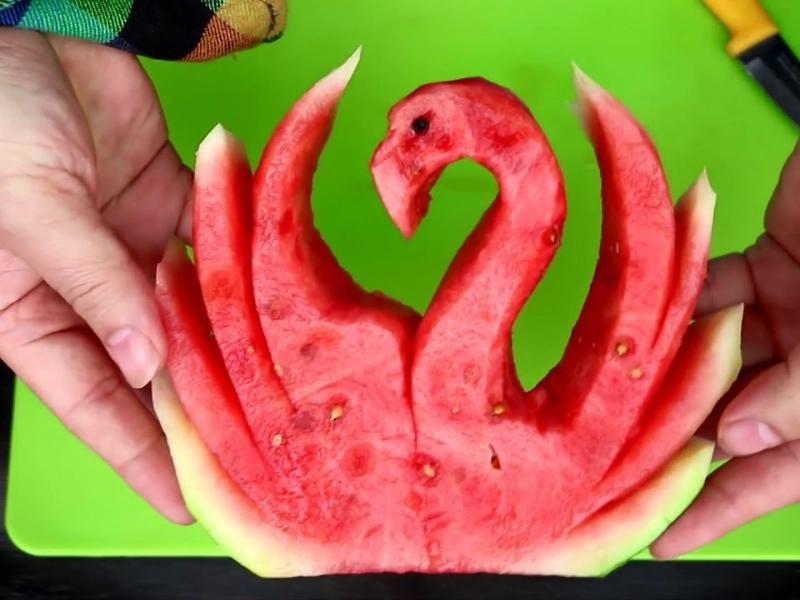Watermelon carving is a captivating art form that can transform your summer gatherings into unforgettable experiences. This ancient technique, originating from Southeast Asia, has evolved into a modern party sensation. By learning the basics of watermelon carving, you can create stunning centerpieces, serve fruits in style, and impress your guests with edible art. This guide will walk you through the essentials of watermelon carving, from selecting the perfect melon to mastering intricate designs, ensuring your summer party is a cut above the rest.
1. The History and Cultural Significance of Watermelon Carving

Advertisement
Watermelon carving is an art form with roots deeply embedded in Southeast Asian culture, particularly in Thailand, where it is known as "Kae Sa Luk." This intricate practice dates back centuries and was originally used to decorate royal tables and impress distinguished guests. The art of fruit and vegetable carving, called "Thai Kae Sa Luk," is believed to have originated during the Sukhothai Dynasty in the 14th century.
Legend has it that a concubine of King Phra Ruang wanted to decorate a lantern float for the Loy Kratong festival. She carved a flower from a vegetable and floated it down the river, catching the king's eye and starting a tradition that would spread throughout the royal court. Over time, this art form evolved and expanded to include various fruits and vegetables, with watermelon becoming a popular choice due to its size, vibrant colors, and versatility.
As trade routes expanded and cultural exchanges increased, the art of watermelon carving spread beyond Southeast Asia. It gained popularity in China, Japan, and eventually made its way to the Western world. Today, watermelon carving is practiced globally, with artists pushing the boundaries of creativity and skill to produce awe-inspiring designs.
In many cultures, watermelon carving is not just about creating visually appealing displays. It's a way to show respect, celebrate special occasions, and demonstrate one's artistic abilities. In Thailand, fruit carving is still taught in schools and is considered an important cultural heritage. The intricate designs often incorporate traditional motifs, such as flowers, birds, and mythical creatures, each carrying its own symbolic meaning.
The art of watermelon carving has also found its place in modern culinary competitions and food festivals around the world. Chefs and artists compete to create the most impressive and innovative designs, often combining traditional techniques with contemporary themes. These events have helped to popularize watermelon carving and inspire a new generation of artists to take up this unique craft.
As we embrace this art form for our summer parties, we're not just creating beautiful centerpieces; we're participating in a rich cultural tradition that spans centuries and continents. By learning and practicing watermelon carving, we connect with artisans of the past and contribute to the ongoing evolution of this fascinating art form.











